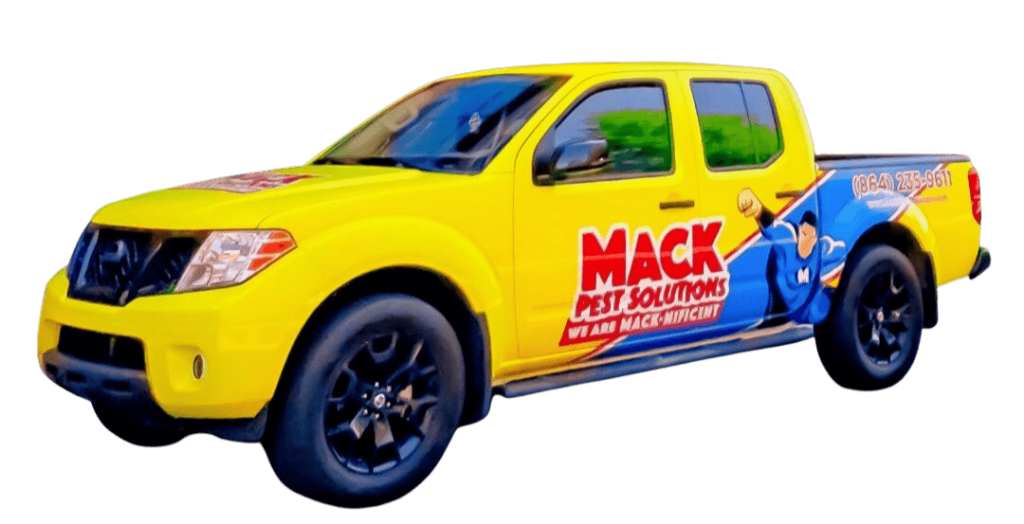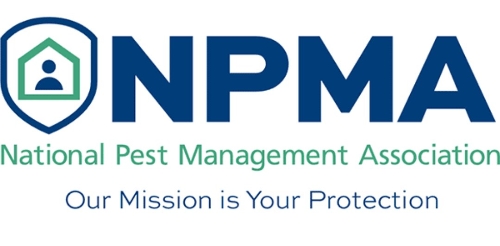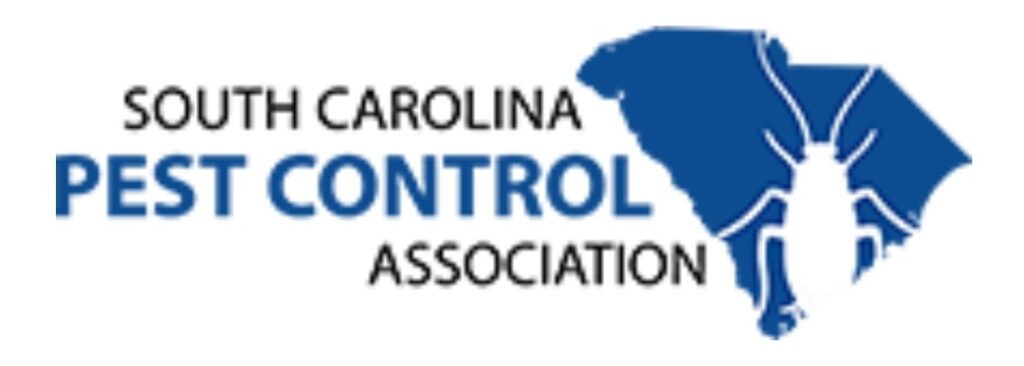Most conversations about termites revolve around their notorious reputation as silent wood destroyers. But another fascinating side to these insects that often piques curiosity: their ability to take to the skies.
Have you ever seen a termite with wings and wondered if it’s lost or simply showing off an unknown talent? In this comprehensive exploration, we delve deep into the world of termites to uncover their aerial abilities, their life cycle, and how these periods of flight tie into the survival of their colonies.
Get ready to unravel myths, confirm facts, and gain a new perspective on these insects. Whether you’re a concerned homeowner, an avid entomologist, or just someone intrigued by the abilities of different creatures, this article is your ultimate guide to understanding the flight of termites.
Prepare for an informative journey that will lift the veil on these wood-munching insects and their lesser-known feats.
Do All Termites Fly?
To understand the remarkable phenomenon of termite flight, it’s crucial to grasp the breakdown of their caste system and life cycle. Not all termites can fly, as this ability is reserved for specific members of their society known as alates or swarmers.
Let’s explore the intricate world of these fascinating insects to see what sets the fliers apart from their earthbound counterparts.
Alates are the reproductive termites bred specifically to establish new colonies. They are the future kings and queens endowed with wings to embark on a “nuptial flight.”
However, these flights are not simply for pleasure; they serve a critical role in the survival and propagation of the termite species. Here’s what sets flying termites apart from the rest of the colony:
- Winged Reproductives (Alates):
- Develop two pairs of wings equal in size.
- They are darker in color, often appearing brown or black.
- Produced in mature colonies ready to expand their territory.
- Worker Termites:
- Wingless and constitute the majority of the colony population.
- Responsible for foraging, feeding the colony, and caring for young termites.
- Soldier Termites:
- Wingless with specialized adaptations for defending the colony.
- Have larger jaws or glands that can spray defensive chemicals.
During their lifetime, alates will only fly once when conditions are right. It’s a difficult journey with many predators and challenges, but a necessary risk to further their lineage. After this flight, if they survive, they’ll shed their wings, pair up, and attempt to establish a new colony as a king and queen.
Understanding this flight allocation to only a particular caste within the termite society reveals a sophisticated social structure crafted by evolution to sustain and grow their populations. It’s a perfect blend of duty, risk, and opportunity, enabling the termite species to thrive in diverse environments.
What Triggers Termites to Fly?
The event of termite flight, or swarming, is a spectacle of nature that occurs annually, but what exactly sparks this airborne exodus? The journey of a termite swarmer is not one of notion; it is a crucial moment in the termite’s life cycle, encompassing both the perpetuation and the expansion of their species.
Swarming is triggered by a combination of environmental factors and the age of the termite colony. Emerging in large numbers, these winged termites take flight with the following influences at play:
- Temperature and Humidity: Ideal conditions for swarming are warm and humid environments, often following a period of rain. This creates a conducive atmosphere for termites to fly and mate.
- Colony Maturity: Typically, a termite colony will only produce swarmers once it has reached a sustainable size and maturity, often after about three to five years of growth.
- Seasonal Patterns: Many termites swarm during specific seasons, commonly in the spring or fall, depending on the climate and species.
- Pheromones: Swarmers are guided by chemical signals known as pheromones, which help them assemble and find potential mates during flight.
- Light Attraction: Termites are attracted to light, so swarmers are often seen near windows or illuminated areas after their initial flight.
During swarming, these alates leave the nest en masse, a survival strategy to increase the likelihood that some will evade predators and successfully mate. Upon landing, they discard their wings, pair off with a mate, and seek a suitable location to begin a new colony.
Understanding the triggers of termite flight is crucial, as it can inform us about their life cycle and help predict and manage potential termite infestations. Homeowners and pest control professionals closely monitor these trigger factors to implement preventative measures immediately.
How Do Termites Develop Wings?
The development of wings in termites is a fascinating process integral to the continuation of the termite colony’s lifecycle. Here’s a closer look at the sequence of events and biological factors that lead to some termites taking flight.
Wing development in termites unfolds as follows:
- Metamorphosis: Termites undergo incomplete metamorphosis, transitioning through three stages: egg, nymph, and adult. Some individuals will begin to differentiate into future alates in the nymph stage.
- Genetic Predisposition: While most nymphs grow into non-reproductive soldiers or worker casts, some are genetically destined to become reproductive-winged alates.
- Physical Changes: As nymphs destined to become alates grow, they develop wing pads. Over time, these wing pads will elongate and mature into fully functioning wings, ready for the nuptial flight.
- Colony Signals: The colony size and health produce pheromonal signals indicating if it’s time to produce alates. These signals ensure that the colony’s energy is well-spent on reproductives until it can sustain them.
- Environmental Cues: External factors, such as the season, temperature, and humidity, play a role in the timing of wing development to align with optimal flight conditions.
In a colony, not all termites with wings will actually take flight. Some may serve as a backup generation of reproductives if the initially winged termites fail in establishing new colonies. Once the reproductive termites have flown and found their mates, they will shed their wings, signifying the end of their flying capabilities but the beginning of their role as founders of a new termite colony.
What Happens After Termites Fly?
When termites take to the skies, the spectacle is hard to miss. However, the flight is only the first stage in a termite’s reproductive saga. What happens post-flight is crucial for these insects’ future and their potential impact on human habitats.
After termites fly, the following sequence of events unfolds:
- Wing Shedding: After landing, swarmers shed their wings. This is an intentional and one-time event, signaling that the termite is ready to mate and seek a new location for colonization.
- Mate Search: After shedding their wings, the alates, known as deflates, search for suitable mates. They usually look for partners from different colonies to maintain genetic diversity.
- New Colony Foundation: Once paired, the termite couple finds a hospitable environment to start their new colony. This can be underground, in wood, or in other cellulose-rich materials.
- Queen and King Roles: The wingless female and male assume the roles of queen and king of the newfound colony. The queen’s abdomen enlarged as she became an egg-laying machine. At the same time, the king remained by her side, continuing to mate throughout his life.
- First Generation: Initially, the queen lays a relatively small number of eggs. When these hatches, she and the king care for the young termites, who will become the first generation of workers and soldiers.
- Colony Expansion: As the colony matures, the workers care for the young, foraging for food, and expanding the nest. The king and queen’s role becomes almost exclusively reproductive.
Each successful flight and subsequent new colony foundation is a critical contributor to termite species’ vast spread and survival. While fascinating from a biological perspective, this process has significant implications for homeowners and property managers due to the damage termites can cause when searching for a new home leads them into human dwellings.
How Far Can Termites Fly?
The extent of a termite’s flight is enigmatic, with many factors contributing to the distance an alate can cover. Though termites are not known for their prowess as long-distance fliers, their ability to disperse far enough to establish new colonies is crucial for species survival.
Flight distance in termites can vary widely, depending on several factors:
- Energy Reserves: The amount of energy stored by alates can influence their potential flying distance. Well-nourished termites are more likely to fly farther.
- Wing Strength: The strength and condition of their wings, which can be affected by environmental factors and genetic health, will also impact their travel distance.
- Wind Currents: Termites often use the wind to assist their flight, allowing them to travel further than they could by wind power alone.
- Species Characteristics: Different termite species have varying capabilities, with some capable of flying several hundred meters, while others may cover shorter distances.
Typically, termites will not fly more than a few hundred meters from their original colony. However, under favorable wind conditions, they have been known to be displaced several kilometers away. Once on the ground, their mobility relies on crawling, suggesting that establishing new colonies often occurs relatively close to the original nest.
Understanding how far termites can fly is vital for determining the possible spread of termite infestations and developing credible pest control strategies. Despite their limited flight capabilities, termites compensate with their sheer numbers during the swarm, increasing the odds that at least some will successfully find a new colony.
Can Termites Fly Indoors?
Encountering flying termites indoors can be a startling and unwelcome surprise. While not their preferred environment for flight, certain conditions may lead to indoor swarming incidents. If you observe termites with wings inside your house, it may signal several possibilities.
Indoor termite flights can happen due to:
- Pre-existing Infestation: If a mature termite colony is present within the structure, swarmers may emerge indoors as they seek to exit and mate.
- Accidental Entry: Swarmers from an outdoor nest might inadvertently find themselves inside through open windows, doors, or other openings.
- Indoor Light Attraction: Flying termites are attracted to light, which may draw them toward windows, lamps, or other light sources within a building.
When termites fly indoors, it is often wrongly assumed they can establish a new colony inside. However, indoor conditions are only suitable for a colony foundation with access to soil or sufficient moisture. Additionally, survival and successful pairing are likely only possible with the typical environmental cues.
The appearance of indoor swarmers should prompt a thorough examination of potential termite activity. Identifying the source and taking measures to prevent further infestation is essential, possibly consulting a professional pest control service.
When Do Termites Typically Take Flight?
Understanding the timing of termite flights can be essential for homeowners and pest control professionals. Also referred to as “swarming,” this is the most visible sign of a termite infestation and usually indicates that a termite colony is nearby and could potentially be causing damage.
Termites typically take flight during the following:
- Spring: In many regions, this season is the most common time for termites to swarm, especially after rainfall, as the moist soil makes it easier for the queen to lay eggs and establish a new colony.
- Warm Days Following Rain: Swarming usually occurs on warm days following rain, regardless of the season, as the high humidity and moist conditions favor the winged termites’ survival.
- Daylight or Nighttime: Termites may swarm at different times depending on the species. Subterranean termites often swarm during daylight, while Formosan termites tend to swarm at night.
Recognizing when termites are most likely to take flight in your geographical area can help you preemptively tackle potential infestation issues and minimize the risk of structural damage to your property.
How to Identify Flying Termites?
Flying termites are often confused with other flying insects, such as ants. Proper identification is critical to effective termite management. Here are some features you can look out for to distinguish flying termites:
- Wing Length: Termite swarmers have four wings of equal length that are typically longer than their body.
- Antennae Shape: Termites have straight antennae, compared to ants that have elbowed antennae.
- Waist Description: Termites possess a broad waist, whereas ants showcase a pinched waist.
Knowing what flying termites look like can help you react appropriately if you encounter these insects in or around your home.
Are Flying Termites a Sign of Infestation?
The presence of flying termites is often an alarm bell for homeowners, signaling a potential infestation. While it doesn’t always mean your property is currently infested, it indicates an established termite colony nearby and that your home could be at risk. Taking proactive steps to investigate and protect your home is strongly advised when flying termites are sighted.
What Should You Do If You Find Flying Termites?
If you find flying termites in or near your property, it’s essential to take immediate action:
- Identify the Source: Determine where the termites are coming from, such as a nest in or near your home.
- Limit Outdoor Lights During Swarming Season: Since termites are attracted to light, turn off outdoor lights during evenings in swarming seasons to reduce attraction to your home.
- Seal Entry Points: Check for and seal up any cracks, crevices, or openings that termites could use to enter your home.
- Consult a Professional: Consider hiring a pest control expert to accurately identify the type of termite and the extent of the problem and to provide a management plan.
Swift action can help minimize the potential for these temporary fliers to become permanent residents within your property.
The Aerial Dynamics of Termites: Conclusion and Next Steps
From debunking myths to providing practical insights, we’ve navigated through the enigmatic world of termite flight, unraveling critical aspects of their behavior, life cycle, and impact. Understanding these creatures’ airborne journey is crucial for the curious mind and for property owners to be vigilant against the potential threats posed by termites.
Suppose you’ve encountered flying termites or are gearing up to protect your home against possible infestations. In that case, the knowledge imparted here equips you with the essentials. Remember, the flight of the termite is nature’s call to expansion—a call that demands a watchful eye and timely action.
With your newfound understanding, we encourage you to stay alert, inspect your property regularly, and consult pest control professionals if you suspect termite activity. Take the next step to ensure your home remains secure and termite-free.



